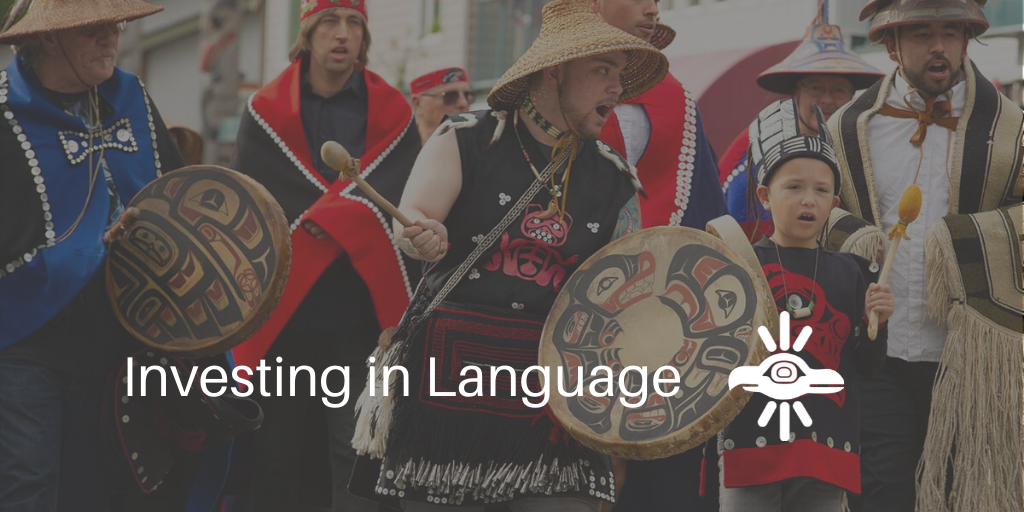
Sealaska is answering the call of the United Nations. In December 2019, the United Nations concluded its year of focus on indigenous languages around the world. But now there is a call for a decade of focus! Currently, a critical situation exists with the disappearance of indigenous languages around the world. Sealaska is committing $10 million over the next decade to focus on the revitalization of Tlingit, Haida and Tsimshian languages.
So much can be accomplished in a decade of dreams. We dream to see:
- Children from 0-10 will grow up with our Native language in their household
- Youth from 10-20 will grow up with our Native language in their schools
- Young adults from 20-30 utilize our Native language in their career growth
- Business professionals from 30-40 lead and grow in our Native language
- Business and community leaders from 40-50 provide guidance in our Native language.
- Our elders from 50-60 teach and inform in our Native language.
- Our elders from 60-70 explore with their grandchildren in our Native language.
- Our elders from 70-80 tell stories in our Native language.
- Our elders from 80-90 live and cherish memories in our Native language.
- Our elders from 90-100 walk into the forest knowing our way of life will thrive in our Native language.
As stated by the United Nations after their International Year of Indigenous Languages, “language is one of the fundamental preconditions for human development, dialogue, reconciliation, tolerance, diversity and the peaceful existence of human societies. People need language to communicate with one another and to pass on from generation to generation knowledge, ideas, beliefs and traditions, which are essential for their recognition, well-being, evolution and peaceful co-existence.”
We couldn't agree more with the statement. The following is the current reality of the Tlingit, Haida and Tsimshian languages:
- The Haida currently have an estimated 24 speakers. At the time of the European arrival at Haida Gwaii in 1774, it is estimated that Haida speakers numbered about 15,000.
- The Tsimshian currently have 70 partial speakers and only three fluent speakers in Alaska.
- The Tlingit currently have about 100 speakers and of those, only 40 are fluent birth speakers.
The majority of these speakers are in their mid to late 70s.
Today, we live in a time where the world is acknowledging the importance of these languages in our culture. However, our languages continue to disappear at alarming rates. There are many reasons for this.
We must heal from this wrong if we hope to fix this problem.
Sealaska has committed $500,000 a year for the next decade to this effort and seeks to provide a local platform for dialogue between speakers and non-speakers.